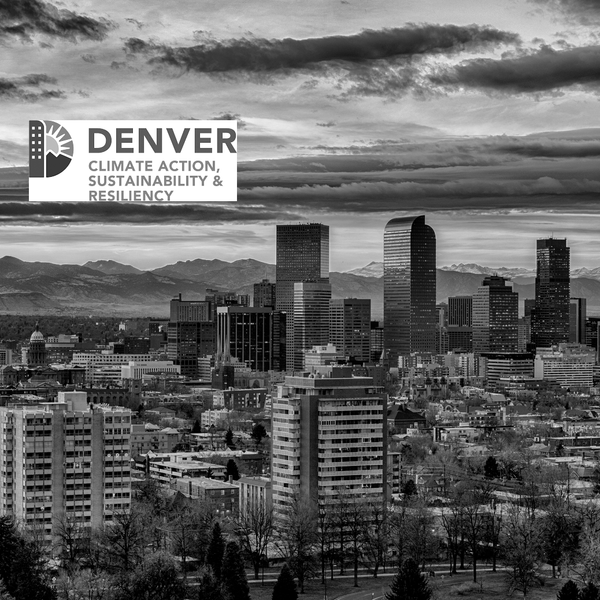The State of Downtown Denver Office Space in 2025: Trends, Challenges, and Opportunities

Downtown Denver’s office market, a dynamic hub of commerce and innovation, finds itself in a transitional phase in 2025. With a historically high vacancy rate and evolving tenant preferences, the market is redefining its trajectory. Here’s a comprehensive look at the trends shaping the downtown office landscape.
1. Record-High Vacancy Rates: A Mixed Signal
The office vacancy rate in Downtown Denver reached an unprecedented 34.9% by the end of 2024, up from 32.1% the previous year. This figure reflects the ongoing impact of remote work trends and corporate downsizing. However, leasing activity increased by 13.2% in late 2024, signaling a potential stabilization.
2. Job Growth and Economic Confidence
Economic recovery and job growth in Denver’s office-using sectors (business services, information, and finance) added 5,500 jobs in 2024. This rebound positions Denver to regain its high-growth market status by 2029. Employers are increasingly settling into hybrid work policies, stabilizing long-term leasing decisions.
3. Downtown Revitalization and Urban Investments
The Downtown Development Authority (DDA) expansion is expected to unlock $600 million for revitalization projects. Plans include office-to-residential conversions, public spaces, and infrastructure improvements. Notably, the long-awaited completion of the 16th Street Mall renovation in 2025 is anticipated to boost pedestrian traffic and retail business.
4. Sublease Trends and Supply Dynamics
Sublease offerings, priced at a 30% discount to direct leases, are attracting cost-conscious tenants, but available sublease space in Denver declined by 14.8% to 1.7 million square feet by the end of 2024, providing a green shoot in a challenging market. Meanwhile, new construction has slowed significantly, reaching its lowest level in over a decade. This pause in development could ease supply pressures.
5. The Rise of Class A and AA Office Spaces
Tenant demand continues to shift towards premium, amenity-rich buildings. Properties like Paradigm River North, Block 162, The Current, the Steel House offer state-of-the-art amenities such as outdoor collaboration spaces, advanced technology, and concierge services. Such developments are designed to provide compelling alternatives to remote work environments.
6. Challenges in Key Submarkets
- River North (RiNo): With a 46% vacancy rate, RiNo leads the region in unoccupied space, attributed to a glut of recently completed Class A buildings.
- Cherry Creek: This upscale neighborhood remains a bright spot with a low vacancy rate of 8.6%, emphasizing the role of location in tenant decisions.
Conclusion
Denver’s downtown office market in 2025 exemplifies a landscape in flux. While high vacancy rates and tenant downsizing are ongoing challenges, bright spots like job growth, revitalization projects, and innovative developments point to a potential turnaround. For landlords and developers, success hinges on embracing quality, sustainability, and tenant-centric design. As Denver reinvents its downtown, the market offers promising opportunities for those prepared to adapt.





